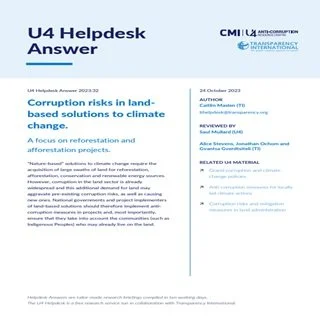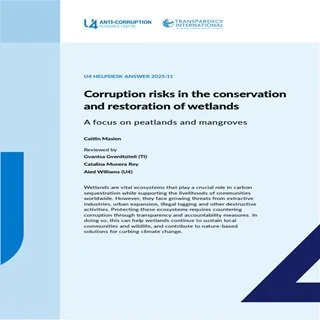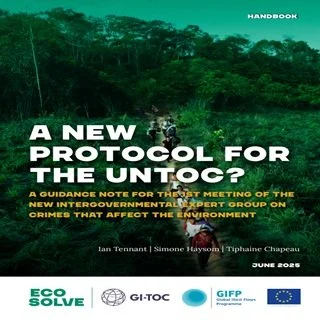Environmental crime is a serious and growing international issue, which takes many different forms and impacts origin, source, transit and consumer countries. Broadly speaking, environmental crime is a collective term for “illegal activities harming the environment and aimed at benefiting certain individuals, groups or companies through the exploitation and theft of, or trade in natural resources”. This crime area includes corporate crime in the forestry sector, illegal exploitation and sale of gold and minerals, illegal fishing and associated criminal activities in the fisheries’ sector, trafficking in hazardous waste and chemicals, the illegal exploitation of the world’s wild flora and fauna, and wealth generated illegally from natural resources being used to support non-state armed groups and terrorism. Environmental crime is low-risk and high profit for criminals. This crime area has been recently defined as the third largest criminal sector worldwide, after drugs, counterfeit goods and trafficking. In terms of economic loss, just illegal logging, fishing and wildlife trade have an estimated value of $1 trillion or more per year. Although “illegal mining” has no universal definition, INTERPOL defines it as an umbrella term covering both illegal extraction and trade of minerals, including the illegal use of toxic chemicals (such as cyanide and mercury) in mining activities. Illegal mining has evolved into an endemic and lucrative enterprise in several regions across the globe, with seriously damaging consequences in terms of: • Socio-economic development, due to the high profits generated from illicit assets of approximately 12-48 billion USD per year,5 undermining government revenues; • Peace and stability, as terrorist organizations, armed rebel groups and drug cartels use the sector as both a funding source and a money laundering enabler. In conflict regions, the mining sites are controlled by Organized Crime Groups and have become hotspots for widespread violence; • Human rights in vulnerable communities, who are exposed to i) human trafficking, forced labor, child and women abuse/ exploitation and pervasive (sexual) violence; ii) health issues for local miners and adjacent communities - caused by the chemical substances and environmental-; and iii) human displacements to facilitate the business; and • The environment. Illegal mining causes water and land poisoning via the release of toxic chemicals (e.g. mercury, arsenic, and cyanide), as well illegal deforestation, biodiversity and habitat loss, erosion, sinkholes, and atmospheric carbon emissions. The subsequent illegal trade of gems and precious metals, coupled with corruption and money laundering, is often perpetrated by organized crime. The criminal groups operating in the illegal mining sector are also often involved in other crime areas. These criminal activities pose major threats to global supply chains, the rule of law and sustainable development. Tackling criminal activities in the mining sector requires an international and coordinated policing response
Paria: INTERPOL, 2022. 20p.





